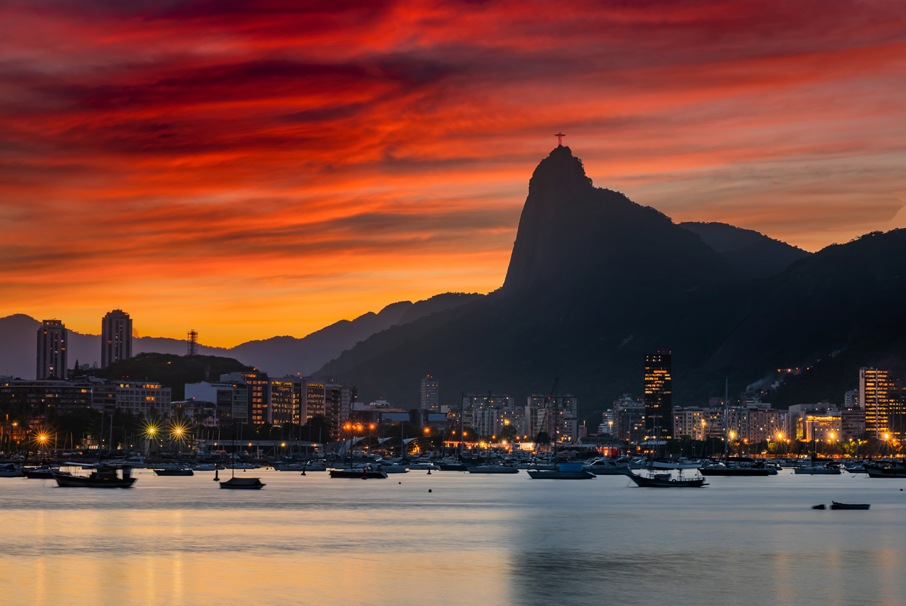
Refuge in Brazil: what is needed to apply for?
Refuge in Brazil is a possibility for those people who can prove that they fled their country due to persecution. Be it religious, ethnic, political, among others. In this condition, they must also prove that they can no longer return to their country!
If you need legal assistance from our team, please message us on WhatsApp.
Who can apply for a refuge visa in Brazil?
Refugees are those who are outside their country of origin due to persecution based on ethnicity, religion, nationality, politics, among others. And, mainly, those who do not want or cannot return to their country – putting their freedom or physical integrity at risk.
The 1951 United Nations Refugee Convention and its Protocol (1967) are the foundations that govern international refugee law and practice. As for refuge in Brazil, it is regulated by Law No. 9474 of 1997, which states that any individual who:
I – due to well-founded fears of persecution for reasons of race, religion, nationality, social group or political opinions, they are outside their country of nationality and are unable or unwilling to seek the protection of that country;
II – having no nationality and being outside the country where they previously had their habitual residence, cannot or does not want to return to it, due to the circumstances described in the previous section;
III – due to serious and widespread violation of human rights, they are forced to leave their country of nationality to seek refuge in another country.
Refuge in Brazil
As seen, Law No. 9474/97 establishes all procedures for refugees, be it determination, loss of refugee status, the rights, and duties of asylum seekers and solutions for this population who wants to be a refuge in Brazil.
All asylum requests in Brazil are decided by the National Committee for Refugees (CONARE), a body linked to the Ministry of Justice. This brings together representatives from government, civil society, as well as the United Nations through UNHCR. In addition to analyzing requests, the body is also responsible for formulating asylum policy in Brazil and creating rules that clarify the terms of the asylum law.
How to apply for refuge in Brazil?
The first step to request asylum is to be in national territory. In the past, a foreigner who considered himself a victim of persecution in his country of origin had to present himself at a Federal Police station or immigration authority at the border and expressly request the right to refuge.
However, Brazil implemented Sisconare – the refuge system in Brazil – in 2019 with the aim of streamlining the process and making it digital. This new platform makes it possible to process all processes related to refuge in Brazil, gradually replacing the paper form.
Sisconare will optimize and speed up the processing of requests and recognition of refugee status. Thus, there will be gains in terms of efficiency and information security.
Asylum seekers will find it easier to formalize their request for recognition of their condition, and it will be more agile. Another advantage is that the information will be clearer, and the refugee will have access to their application processing and progress of the process online, making it more transparent.
Refugee application procedure in Brazil
To start applying for refuge in Brazil, must register with Sisconare through the official website. The government website itself has a step-by-step manual, including texts and figures, to make the process easier for the applicant.
After registering, the applicant will receive an email with a password, which allows them to access the system to fill out the form. Only after carrying out these steps will the applicant have to present themselves to the Federal Police so that their request can be received. Previously, the form was filled out at the Federal Police itself, but with the implementation of Sisconare, this step is no longer carried out.
When the foreigner appears at the competent body, he or she must present a 3×4 photo and identification documents – if available.
If you are renewing your protocol, you must also include the old one in the documentation.
Important details for applying for asylum
It’s important to highlight that the asylum request is free and can be made directly by the applicant – the presence of a lawyer or representative is not necessary. The information provided by the refugee must always be updated with the Federal Police and CONARE, considering that the bodies will communicate with foreigners through these communication channels.
Any information passed on by the individual will be confidential and will not be shared with authorities in their country of origin. Another significant point is that, even if a foreigner enters the country illegally, this does not prevent him from applying for a refugee visa.
It’s extremely essential to provide CONARE with as much detail as possible about the aspects of your request, since the more information in your process, the more elements the body has to decide on the case for refuge in Brazil.
If you need legal assistance from our team, please message us on WhatsApp.




